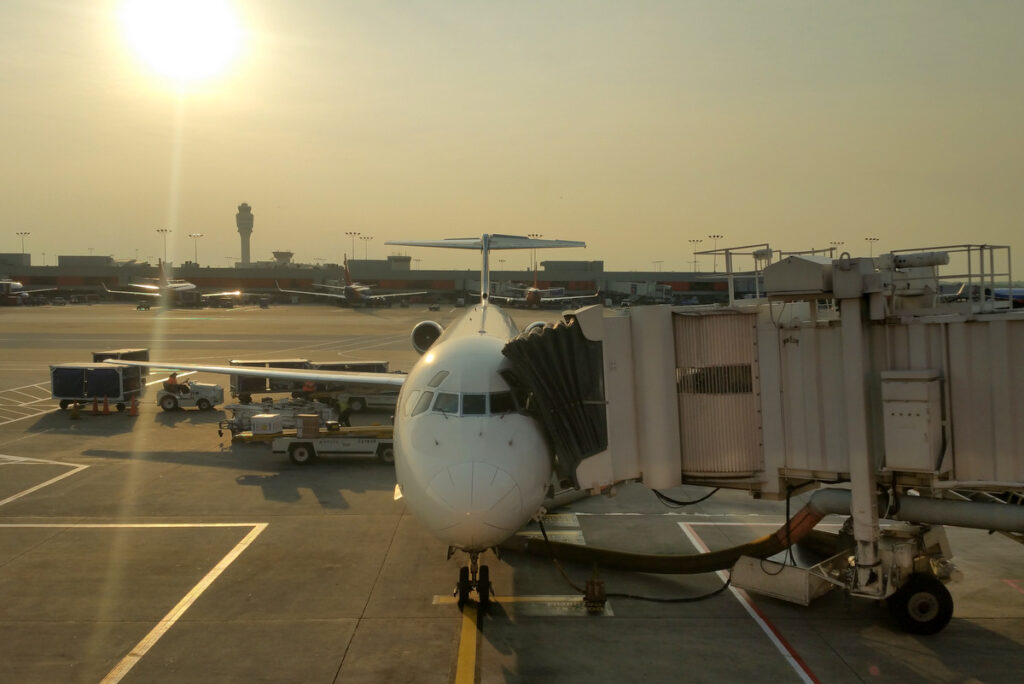ATLANTA — Federal officials are warning travelers about the dangers of secondhand smoke after finding 27 of the busiest 50 airports in the world allow smoking in designated or ventilated indoor areas.
The new Centers for Disease Control and Prevention report is the organization’s first assessment of smoke-free policies in the world’s busiest airports, where more than 2.7 billion passengers pass through annually.
The CDC defined airports as having a smoke-free policy if they prohibited smoking in all indoor areas. The 27 airports without a smoke-free policy allow smoking in designated smoking rooms, restaurants, bars or airline clubs, according to a CDC release.
“The Surgeon General has concluded there is no risk-free level of secondhand smoke exposure,” Corinne Graffunder, director of CDC’s Office on Smoking and Health, said in a news release. “Even brief exposure can have health consequences.”
“Separating smokers from nonsmokers, cleaning the air, and ventilating buildings cannot eliminate exposure of nonsmokers to secondhand smoke,” Brian King, deputy director for research translation in the Office on Smoking and Health, said in a news release. “People who spend time in, pass by, clean, or work near these rooms are at risk of exposure to secondhand smoke.”
The study, published in Morbidity and Mortality Weekly Report (MMWR), assessed policies in 2017 and found significant variations in smoke-free policy status by region:
- In North America, 78 percent (14 of 18) of the busiest airports have a smoke-free policy
- In Europe, 44 percent (four of 9)
- In Asia, 18 percent (four of 22)
- All four Asian airports with a smoke-free policy are in China
A previous CDC study found secondhand smoke can transfer from designated smoking areas to nonsmoking areas, potentially exposing nonsmoking travelers and employees to secondhand smoke. Secondhand smoke causes an estimated 34,000 heart disease deaths and 7,300 lung cancer deaths each year in the United States.
